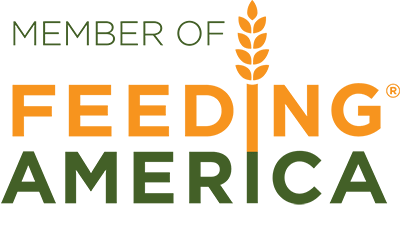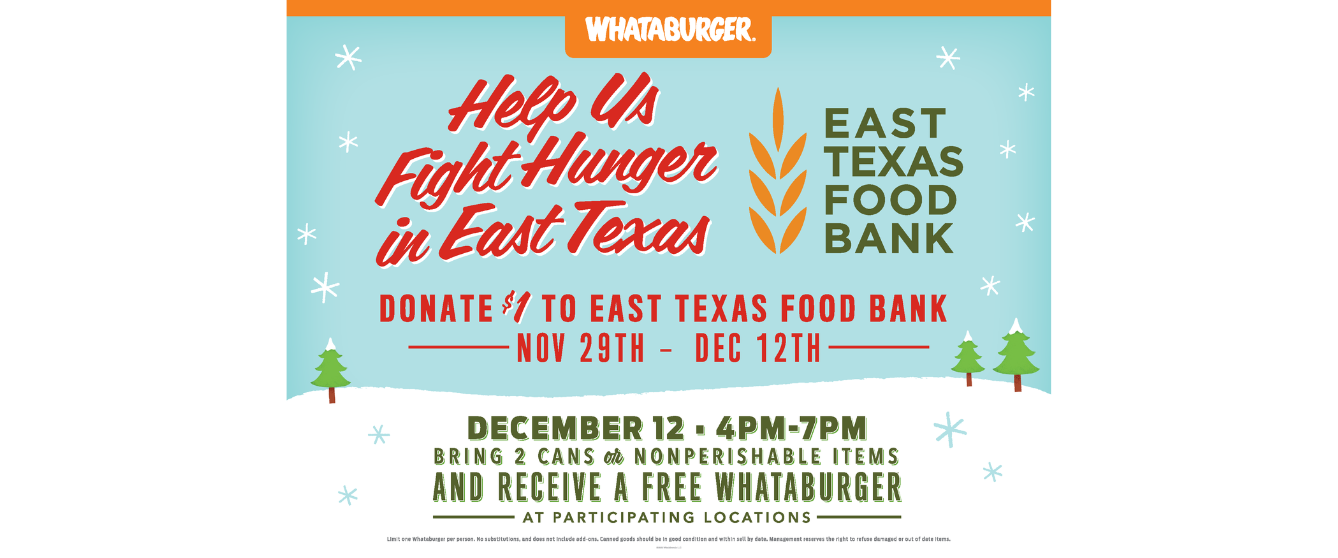
The East Texas Food Bank (ETFB) will open this month the new Tyler Resource Center on the main campus as part of ETFB’s overall strategic plan to distribute more food and serve more people.
“The Tyler Resource Center will be located in close proximity to low-income neighborhoods, in a census tract where 34% of the population lives below the poverty line,” said David Emerson, CEO of the East Texas Food Bank. “This is the first time in our history to operate a food pantry onsite at our facility to help close the hunger gap.”
The Tyler Resource Center will include a “Healthy Food Pantry” to provide nutritious food through a neighbor-choice distribution model, as well as an access point for other services meant to help families reach self-sufficiency. The center will be open several days a week including some evenings and weekends to increase access. The Benefits Assistance Program will also be available to help clients apply for SNAP and other social service benefits.
“We currently estimate that ETFB will serve 500 Smith County households each week and provide 756,000 meals annually with our new Tyler Resource Center,” added Emerson.
“The food pantry is meant to serve households at or below the emergency food income guidelines,” said Kim Morris, ETFB Chief Impact Officer. “For example, a family of four would qualify to receive food if they make less than $55,500 per year. Other people who qualify to receive assistance are those experiencing a crisis such as a house fire, tornado, or extreme medical bills.”
According to “Map the Meal Gap,” an annual study conducted by Feeding America, an estimated 12.9% of Smith County residents are food insecure and at risk of hunger, including almost 17.7% of children.
“Every day we encounter new neighbors who have never stepped foot into a pantry asking for assistance,” added Morris. “We want East Texans to know that we are here for you and want to be a resource for food as well as other services.”
“For 35 years, ETFB has been a part of the Tyler community and we are excited to have this branch location to complement the services of our 24 pantry partners in Smith County,” added Emerson. “This location will be open extended hours including Friday afternoon and Saturday morning when our other partners are closed. We also want to invite other non-profit agencies to have a booth on pantry days so they can offer their services to our neighbors.”
The Tyler Resource Center along with other infrastructure represents a $9 million investment. Funding for these initiatives came from several generous grants including from philanthropist Mackenzie Scott and the American Rescue Plan Act. Several organizations and businesses have provided generous support to help fund the Tyler Resource Center including United Way of Smith County, Women’s Fund of Smith County, TransCanada USA Services Inc., Episcopal Health Foundation and Southside Bank.
The Tyler Resource Center will open in December. For more information on how you can volunteer, donate, hours of operation or to see if you qualify for food assistance, please visit TRCpantry.org



